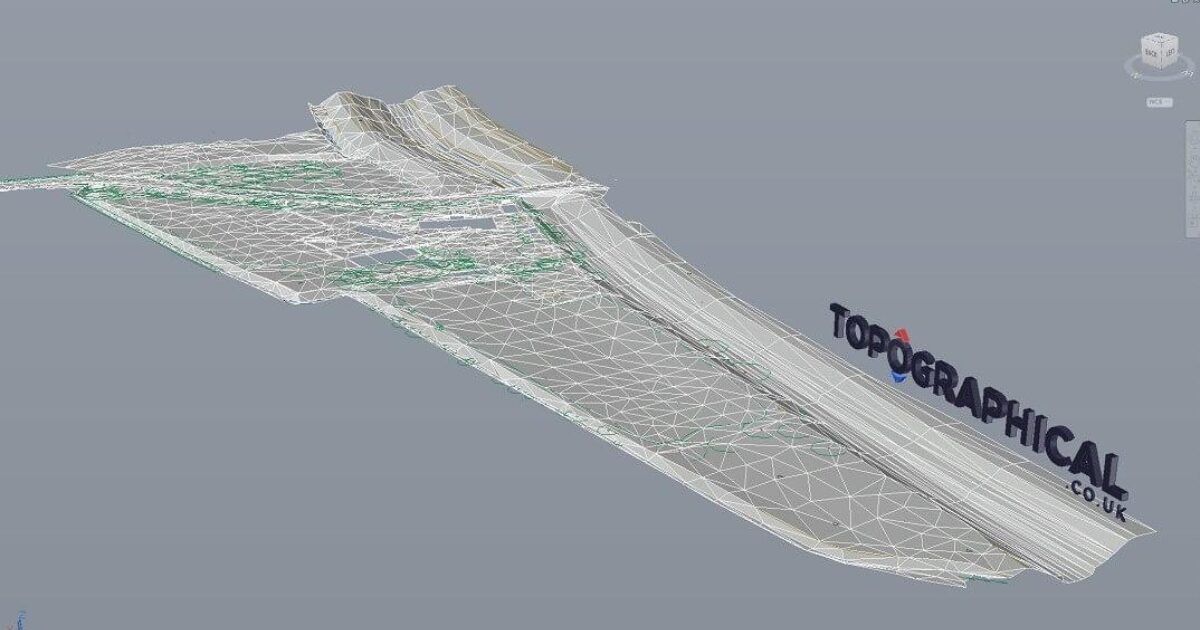Measured Building Surveying: Key Techniques for Precise Property Assessment
Measured Building Surveying: Key Techniques for Precise Property Assessment
Blog Article
Important Tools and Strategies in Establishing Out Design
The self-control of setting out design relies greatly on a suite of important tools and techniques that underpin the precision and performance of project implementation. What effects does this hold for future engineering techniques?
The Importance of Accurate Dimensions

The relevance of accurate measurements expands beyond plain compliance; they are indispensable to the general efficiency of engineering processes. Mistakes can bring about material waste, task hold-ups, and increased labor prices, eventually affecting the project's bottom line. Moreover, specific measurements enhance the high quality of the end product, making sure that it performs as meant and satisfies the assumptions of stakeholders - setting out engineering.
Furthermore, the importance of accurate dimensions is noticeable in numerous design self-controls, including civil, mechanical, and electrical engineering. Therefore, promoting a culture that prioritizes accuracy is essential for the future of engineering.
Important Tools for Setting Out
Setting out, a vital phase in the engineering and building process, relies heavily on details devices that make sure accurate area and alignment of structures. Amongst these devices, the surveyor's level attracts attention, supplying precise straight measurements essential for establishing referral points. This instrument allows engineers to identify altitude adjustments and maintain uniformity across the project site.
The total amount station is one more crucial tool, integrating electronic range dimension with angular dimension capabilities. This innovation boosts performance and accuracy in catching spatial information, allowing for efficient website format and planning.
Additionally, the usage of measuring tapes and marking devices, such as chalk lines or stakes, is basic for temporarily marking limits and critical factors on the website. These standard tools, though straightforward, are important for making certain clear interaction amongst the construction team concerning job requirements.
Last but not least, general practitioner technology has gained traction in laying out processes, offering real-time positioning data and considerably enhancing accuracy over conventional methods. Collectively, these essential devices create the foundation of efficient laying out practices, ultimately adding to the effective execution of engineering and construction projects.
Advanced Checking Techniques
Advanced checking techniques play a pivotal duty in boosting the precision and efficiency of design tasks. These strategies incorporate a variety of techniques that supply accurate information for layout and building and construction. Typical methods, such as progressing and triangulation, have progressed into extra innovative techniques, consisting of Overall Terminal surveys and Global Navigation Satellite Equipment (GNSS)
Overall Station tools integrate digital theodolites with distance dimension abilities, allowing land surveyors to gather precise area data with fantastic rate. This innovation significantly lowers errors connected with hands-on dimensions and offers real-time information processing. Furthermore, GNSS supplies unequaled accuracy for massive tasks by utilizing satellite signals to establish exact positioning, which is necessary for aligning structures and ensuring conformity with style specifications.
In enhancement to these tools, advanced methods additionally incorporate geospatial analysis and 3D modeling. These techniques make it possible for engineers to imagine terrain and website conditions better, helping with much better decision-making throughout the planning phase. By utilizing these sophisticated evaluating strategies, design projects can achieve greater precision in layout, decrease rework, and eventually improve total job success.
Digital Technology in Engineering
The integration of digital innovation has actually changed design practices, enhancing both productivity and accuracy throughout numerous techniques. Devices such as Structure Details Modeling (BIM) promote the visualization and management of important source intricate jobs, allowing engineers to team up perfectly and make informed decisions. This modern technology enables the production of comprehensive 3D designs, which can be examined for structural honesty and efficiency before construction starts.

The application of synthetic intelligence and artificial intelligence in design processes further boosts anticipating maintenance and optimization of resources. These modern technologies allow the analysis of substantial information sets, bring about much better forecasting and boosted job outcomes. On the whole, electronic technology is improving the engineering landscape, driving technology, and making sure that projects are finished with higher performance and visit their website decreased danger. As the industry continues to advance, accepting these devices will be important for future success.
Finest Practices for Execution
When carrying out digital innovation in design, it is crucial to establish a critical method that lines up with task goals and organizational capacities. An extensive assessment of existing process and modern technology facilities is necessary to recognize gaps and chances for renovation. Engaging stakeholders early while doing so cultivates collaboration and guarantees that the modern technology fulfills user requirements.

Job managers ought to adopt an iterative implementation approach, enabling modifications based upon real-time feedback and efficiency assessments. This dexterous strategy not only reduces dangers yet additionally advertises continuous improvement by incorporating lessons discovered.
Final Thought
Finally, the assimilation of essential tools and advanced methods in setting out engineering is crucial for making certain accuracy in dimensions and successful project execution. Employing instruments such as land surveyor's degrees, total stations, and GPS innovation, along with modern-day evaluating methods, improves accuracy and decreases the probability of errors. Embracing finest practices in implementation further optimizes these processes, ultimately fostering improved task end results in the design and building and construction fields.
The site here technique of establishing out design depends heavily on a suite of important tools and techniques that underpin the accuracy and performance of job implementation.Furthermore, the significance of accurate dimensions is apparent in various engineering self-controls, consisting of civil, mechanical, and electric design. By using these sophisticated checking methods, design jobs can achieve higher accuracy in design, reduce rework, and inevitably enhance total job success.
In general, electronic innovation is reshaping the design landscape, driving innovation, and making certain that tasks are completed with higher effectiveness and lowered threat (setting out engineering).In final thought, the assimilation of necessary devices and advanced techniques in setting out design is crucial for ensuring precision in measurements and successful project execution
Report this page